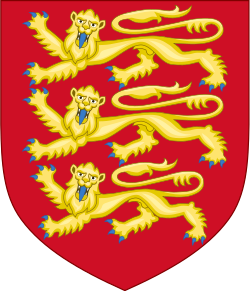| Metropolitan district | |
|---|---|
| |
 | |
| Category | Local authority districts |
| Location | England |
| Found in | Metropolitan county |
| Created by | Local Government Act 1972 |
| Created |
|
| Number | 36 (as of 2008) |
| Possible status |
|
| Additional status |
|
| Populations | 0.1 – 1.1 million |
| This article is part of a series within the Politics of the United Kingdom on the |
 |
|---|
A metropolitan borough (or metropolitan district) is a type of local government district in England. Created in 1974 by the Local Government Act 1972, metropolitan boroughs are defined in English law as metropolitan districts within metropolitan counties. All of the metropolitan districts have been granted or regranted royal charters giving them borough status (and in some cases, they also have city status). [1] Metropolitan boroughs have been effectively unitary authority areas since the abolition of metropolitan county councils by the Local Government Act 1985. [2] Metropolitan boroughs pool much of their authority in joint boards and other arrangements that cover whole metropolitan counties, such as local enterprise partnerships and combined authorities, with most of the latter having a directly elected metropolitan mayor.